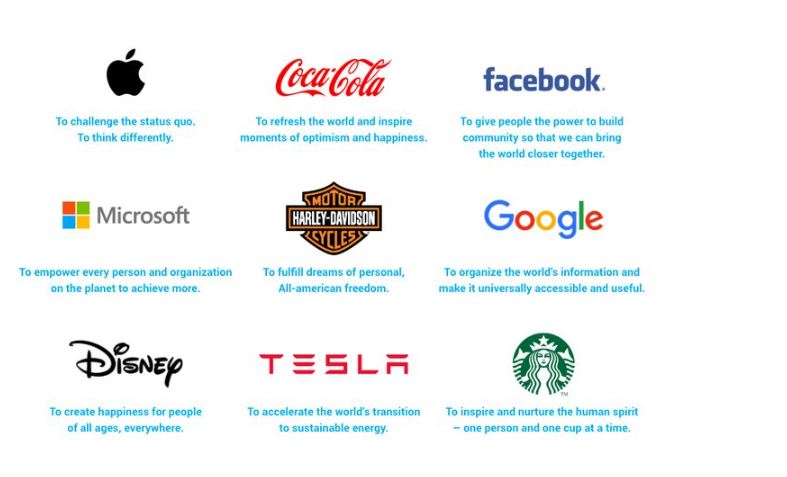8 Ways to Sell to People Without Forcing Them
Sales is the lifeline of every business. Without sales, no matter how good your product or service is, your business cannot survive. Yet, many small business owners and entrepreneurs struggle with the idea of selling. Why? Because they often associate sales with being pushy, manipulative, or aggressive.
The truth is, selling doesn’t have to feel uncomfortable. In fact, the best sales strategies don’t involve forcing people at all. Instead, they focus on building trust, providing value, and guiding customers toward making decisions that feel right for them. When people feel respected, understood, and valued, they are far more likely to buy.
In this article, we’ll explore 8 proven ways to sell to people without forcing them — strategies that create a win-win situation for both you and your customers.

1. Focus on Building Relationships First
One of the biggest mistakes in sales is jumping straight into pitching a product. People don’t buy from strangers — they buy from those they trust. Building relationships is the foundation of non-pushy selling.
How to do it:
-
Take time to learn about your customer’s needs, goals, and challenges.
-
Be genuinely interested in their story instead of just pushing your offer.
-
Stay consistent with communication without overwhelming them.
When customers feel a personal connection with you, they are more open to hearing what you have to offer.
2. Ask Questions and Listen Actively
Selling shouldn’t feel like a lecture. Instead of talking nonstop about your product, shift the focus to your customer by asking meaningful questions.
Why it works: Ways to Sell
-
People love to talk about themselves and their needs.
-
You gather valuable insights to position your product as the right solution.
-
Listening makes customers feel understood and respected.
Examples of questions you can ask:
-
“What’s your biggest challenge with [problem your product solves]?”
-
“What goals are you hoping to achieve this year?”
-
“What would an ideal solution look like for you?”
Once you’ve asked the right questions, listen carefully and tailor your response accordingly.
3. Educate Instead of Pushing
People don’t like being sold to, but they do like learning something new. Instead of forcing a product, position yourself as a helpful guide by educating your customers.
Ways to educate without being pushy:
-
Write blog posts, guides, or tutorials that solve common problems.
-
Share helpful tips and industry insights on social media.
-
Host webinars or workshops that add value.
When you provide knowledge freely, customers naturally start to view you as a trusted authority. And when the time comes to buy, they’ll think of you first.
4. Highlight Value, Not Just Features
One common mistake in sales is focusing too much on the product’s features rather than the benefits. Customers don’t buy a product because of what it is — they buy it because of what it does for them.
Instead of saying:
-
“This laptop has 16GB RAM and a fast processor.”
Say:
-
“This laptop lets you multitask smoothly without slowing down, saving you time and frustration.”
By emphasizing outcomes and value, you help customers see how your product improves their lives — and that feels more like guidance than pressure.
5. Use Social Proof and Testimonials
People trust other people more than they trust sales pitches. That’s why social proof is such a powerful tool. Instead of forcing someone to believe you, let your happy customers speak for you.
Examples of social proof:
-
Customer testimonials on your website.
-
Case studies showing results.
-
User-generated content like photos or reviews.
-
Statistics such as “Trusted by 5,000+ customers.”
When prospects see that others like them have had positive experiences, they’re more likely to buy without feeling pushed.
6. Create a Sense of Choice and Control
Nobody likes to feel cornered into making a decision. If customers sense that you’re trying to force them, they’ll resist. Instead, empower them with options.
How to give customers control:
-
Offer multiple packages or versions of your product.
-
Be transparent about pros and cons.
-
Say, “Here are a few options you can consider — whichever feels best for you.”
When people feel like they’re making their own choice, the buying decision feels natural and pressure-free.
7. Follow Up Without Being Annoying
Many sales are lost simply because businesses don’t follow up. At the same time, being too pushy with follow-ups can drive people away. The key is striking the right balance.
How to follow up the right way:
-
Send a friendly email or message checking in, not pushing.
-
Share a helpful resource instead of just asking, “Are you ready to buy?”
-
Respect the customer’s timeline and avoid daily nagging.
For example, instead of writing “Just following up to see if you’ll buy,” you can say: “I came across an article that might help with the challenge you mentioned. Thought you’d find it useful.”
This approach keeps the relationship warm and positions you as helpful, not pushy.8. Be Authentic and Honest
The most powerful way to sell without forcing is simply to be genuine. Customers can sense when you’re being insincere or exaggerating claims. On the other hand, honesty builds trust — and trust drives sales.
Ways to be authentic:
-
Admit when your product isn’t the best fit for someone.
-
Avoid overpromising results you can’t deliver.
-
Show your personality in your communication.
When you’re honest, customers appreciate your transparency and are more likely to come back when they’re ready to buy.
Putting It All Together: Ways to Sell
Selling without forcing is about shifting your mindset. Instead of thinking of sales as “convincing” someone, think of it as “helping” them make the right decision.
By building relationships, listening, educating, and offering genuine value, you remove pressure from the sales process. Customers feel respected and empowered — and as a result, they’re more likely to trust you and buy from you.
The beauty of these 8 strategies is that they not only improve sales but also create long-term customer loyalty. People remember businesses that treat them with respect. When you focus on helping rather than pushing, you turn prospects into happy customers and happy customers into lifelong advocates.
Conclusion: Ways to Sell
You don’t need aggressive tactics to succeed in sales. The key lies in trust, education, and authenticity. By following these 8 ways — building relationships, asking questions, educating, focusing on value, using social proof, giving customers control, following up respectfully, and staying authentic — you can sell more effectively without ever making people feel forced.



